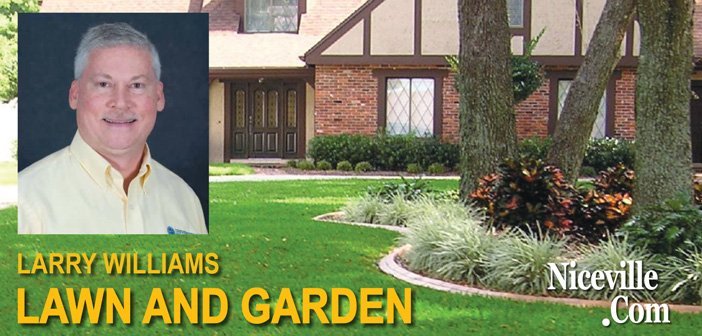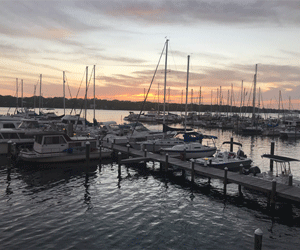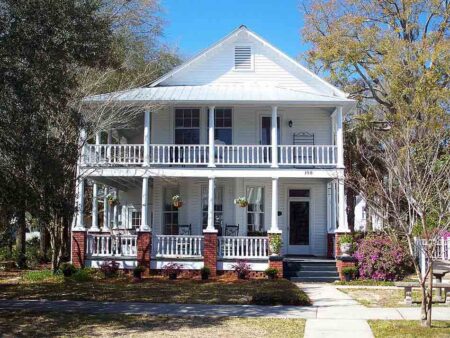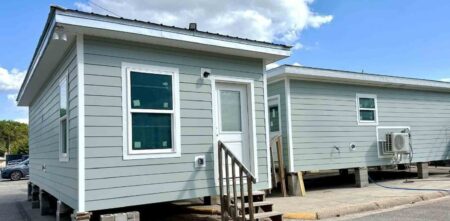NORTH FLORIDA—Much of North Florida has been experiencing rain, thunderstorms, and even some wind damage, and this has occurred just before the official beginning of the 2024 Tropical Storm season. Because of the likelihood of tree damage, it is wise to take a look at the condition of trees on your property.
Trees are an important part of our ecosystem, economy, landscape, and heritage here in North Florida. However, falling trees and flying landscape debris during a storm can cause damage. Evaluate your landscape for potential tree hazards.
It is important not to wait until a storm event is on its way to inspect and manage trees on your property. An ounce of prevention is worth a pound of cure when preventing tree damage. Even without a major storm, we have relatively high winds associated with our frequent thunderstorms here in Florida. Compared to many parts of the United States, we live in a fairly high-risk area for storm damage with lots of large trees.
Professional help sometimes is your best option when dealing with larger jobs. Property damage, as well as personal injury, could be reduced or prevented by having a professional arborist evaluate unhealthy, injured or questionable trees to assess risk and treat problems.
Hiring a certified arborist can be a worthwhile investment. To find a certified arborist in your area, contact the International Society of Arboriculture (ISA) at 678-367-0981 or visit www.isa-arbor.com. You may also contact the Florida Chapter of ISA at 941-342-0153 or online at www.floridaisa.org.
Consider removing trees that have low wind resistance, are at the end of their life span, and have the potential to endanger lives or property. For example, laurel oaks are relatively short-lived, beginning to decline in only about 50 years, and they tend to lose their strength and stability faster than most other oaks. They have low wind resistance and also have brittle wood and a shallow root system. If you have a big, old laurel oak within falling distance of your home, you may consider removing it before the next storm.
Here is a link to a UF/IFAS Extension publication titled “Wind and Trees: Lessons Learned from Hurricanes,” which includes lessons learned from research conducted after 10 hurricanes: https://edis.ifas.ufl.edu/publication/FR173.
Here is a link to a UF/IFAS Extension site on Trees and Hurricanes with a wealth of information on everything from chainsaw safety to preparing your property for hurricane season: https://edis.ifas.ufl.edu/entity/topic/trees_and_hurricanes.
Larry Williams is the Extension Horticulture Agent with the Okaloosa County Cooperative Extension Service, University of Florida. You can contact Larry at 689-5850 or email lwilliams@myokaloosa.com.







